Mediterranean Bliss in Byblos
Reimagining Lebanon
With its stunning Mediterranean coastline, tranquil blue waters, and orange terracotta rooves. The city of Byblos is not enough on its own to fully shake the notion that Lebanon is still a war-torn hot-bed for terrorism. Despite being nearly a decade since the guns were laid down after the Lebanese Civil War, the lights are yet to be relit in the Pairs of the East and the rest of the country. With ongoing instability in neighboring Syria, tourism is not going to be returning anytime soon to Lebanon.
While you can still find bullet-riddled mansions and massive shell scars on the sides of towering hotels in Beiruit, Byblos lives in a world of its own. Away from the tensions and sects of the capital, this ancient port has been rebuilding and branding itself as a hub for luxury tourists and big spenders. With its palm trees, golden beaches, and Hellenistic architecture, Byblos is a city that could rival the best of what Italy or Greece would have to offer.
Thinking of traveling to Lebanon? You can read my whole view on visiting this misunderstood country here!
The Ancient Port of Byblos
Much like the rest of the Levant, Byblos has a history spanning back thousands of years. Every step you take through the old souk and port, you are walking over layers of centuries-old cities and civilizations that once lived at the very same spot. There is not a single place in the old city where you are not stumbling across some ruined fortress or crumbling Roman city walls.
The one place in all of Byblos where you can truly feel the importance of this coastal city is in the main harbor. Although today the stone towers are only protecting pleasure yachts and tourist ferries. It is easy for one to sit on the surrounding walls and imagine Roman galleys and Crusader ships sailing in from the horizon.
Traveling to neighboring Palestine/Israel? Read about my experience on visiting Jerusalem here!
The Crusaders of Byblos
From being a center of trade during the Greek and Roman Empires, Byblos was transformed into an impenetrable bastion by the Crusaders. Originally built in the 12th century, this fortress further adds to the historical and cultural diversity of the city. Outside of the moat of the citadel, you will find ruins of Egyptian temples, Roman temples, and Greek landmarks.
After the Crusaders were eventually driven out of the Holy Land by the Muslim Armies, the once vital Mediterranean city of Byblos was reduced to nothing more than a small fishing village while under the rule of the Ottoman Empire. For centuries as the Turks largely ignored their dominion in the Middle East, relics such as the Crusaders Castle and the rest of the ruins were left to collect dust.
For the more adventurous travelers, you can check out my full guide on traveling to Iraqi Kurdistan here!
A Christian Enclave
If you have already spent some time traveling around Lebanon, you will see a stunning contrast between Byblos and cities in the south such as Sidon and Tyre. Why then has Byblos been flourishing? Luring high-class spenders and luxury tourists to its historic port? While both Tyre and Sidon offer just as beautiful of a coastline and a history if not richer than that of Byblos, these cities are riddled with craters, bullet holes, and garbage.
When it comes down to it, Lebanon is still very much a country divided. Byblos and the surrounding district of Jbeil is a Christian majority region. During the Civil War, many European countries accepted Christain refugees who are now sending back thousands of dollars to rebuild their ancestral towns. Also, whenever a conflict arises with neighboring Israel, predominantly Muslim neighborhoods are targeted. This is due to the fact that they are usually the stomping ground of the Shia splinter group known as Hezbollah.
If you are in Jordan, you won’t want to miss the historic Petra!
A Country Of Islands
The guns from the Lebanese were never truly laid down, but rather put away in the cupboard until the next conflict arises. Each major city and the entire country is still divided by Shias and Sunnis as well as Muslims and Christians. The disparity between these neighborhoods is vast, thus further highlighting the divisions which still exist within Lebanon. While all countrymen may consider themselves brothers and sisters, the lives led in their homes are very different.
Lebanon is still in the process of healing. While places like Byblos are thriving, Sidon struggling to mend its still fresh wounds. The ancient limestone walls, cobbled streets, and ancient souk have been transformed into a scene that seems almost more European than Middle Eastern. Elegant streetside cafes in the market and romantic candlelit meals overlooking the crumbling walls of the harbor. As Byblos continues to cater to the upper-class tourists of Lebanon and the world, they will only continue to widen the divide between themselves and the rest of the country.

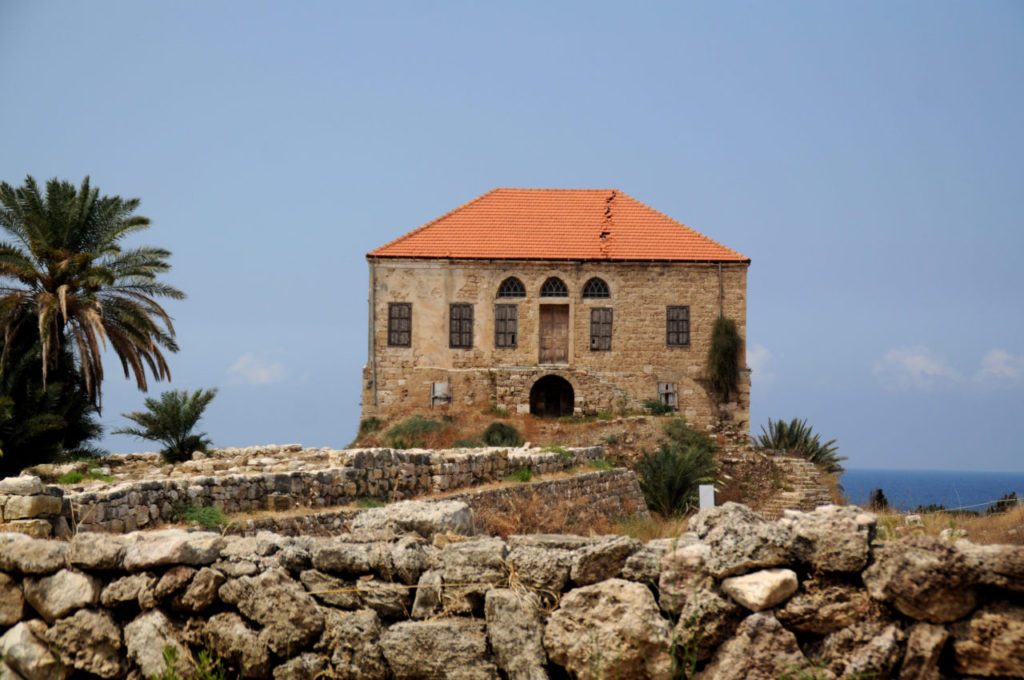
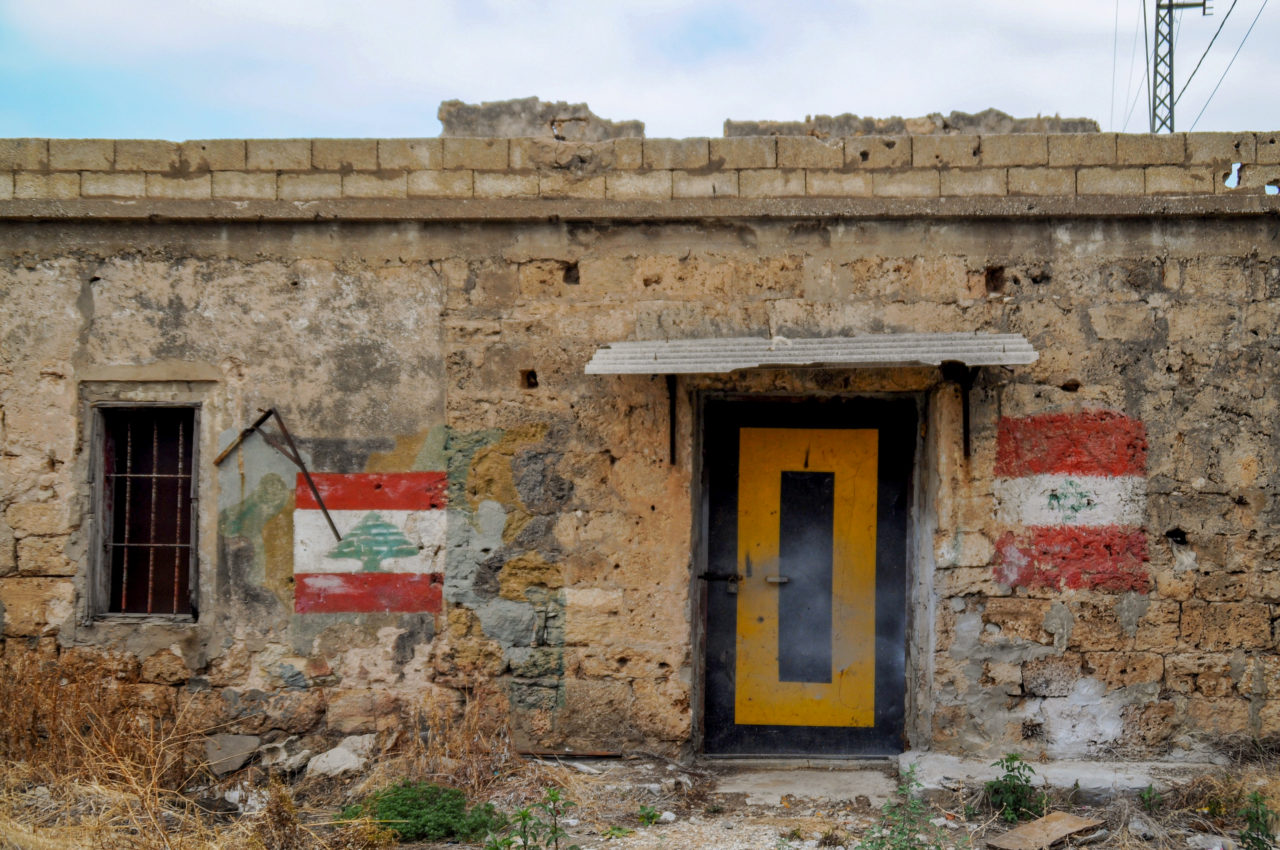
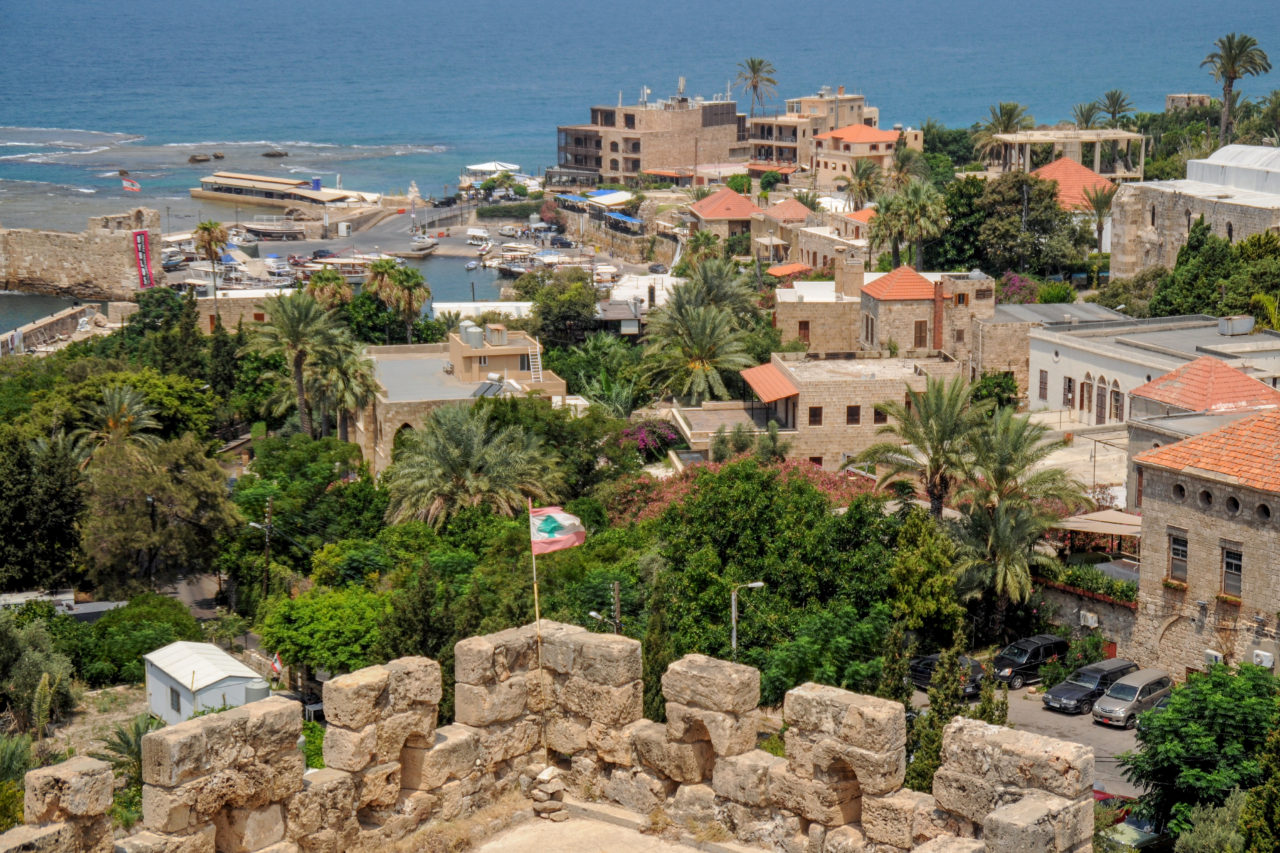
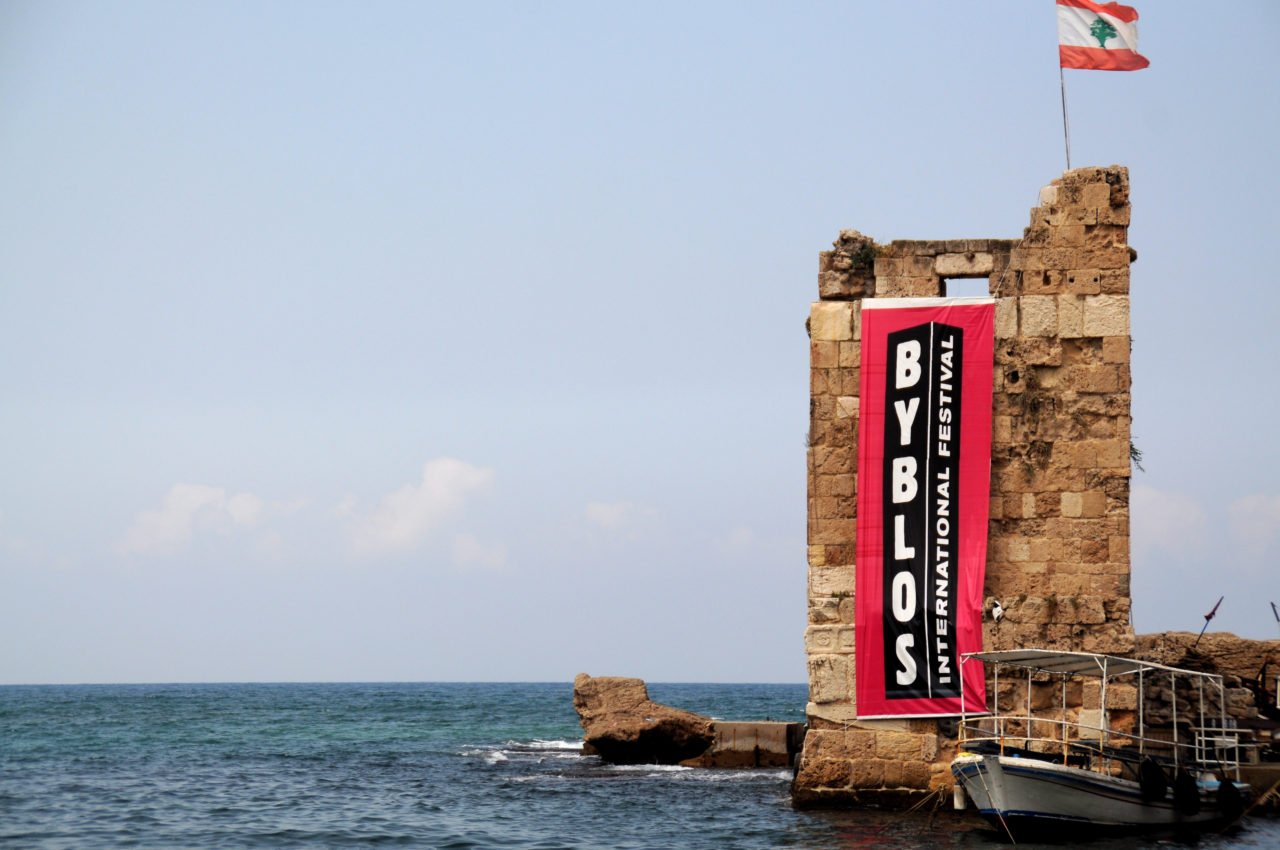
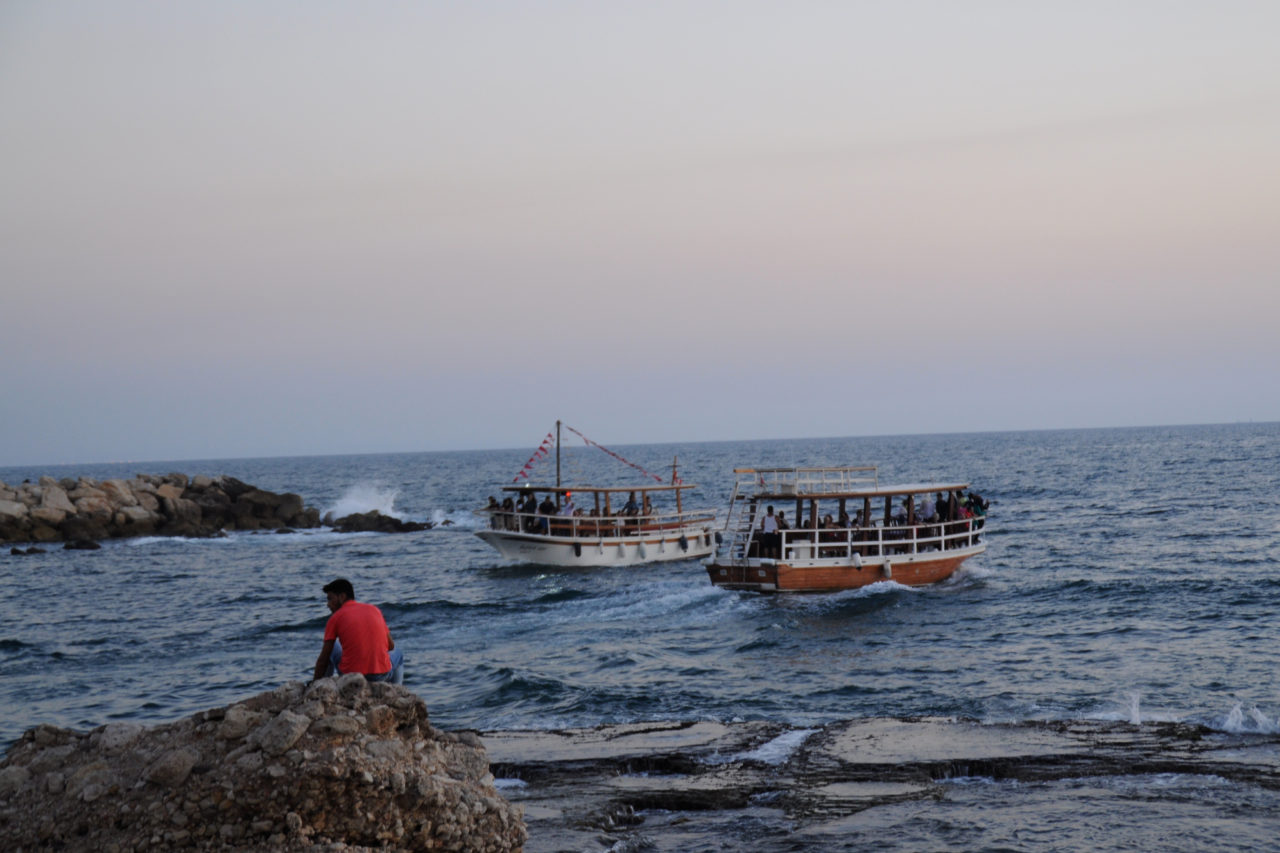
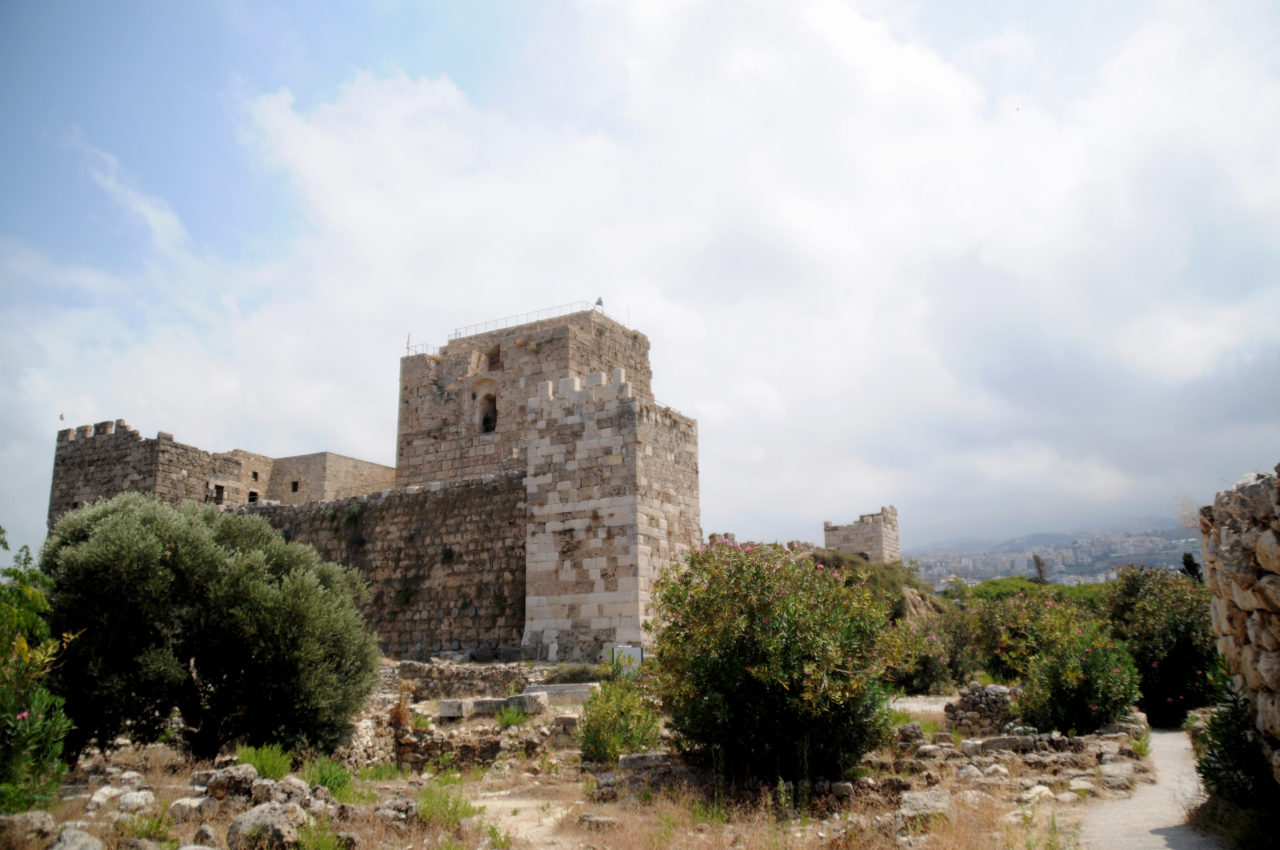
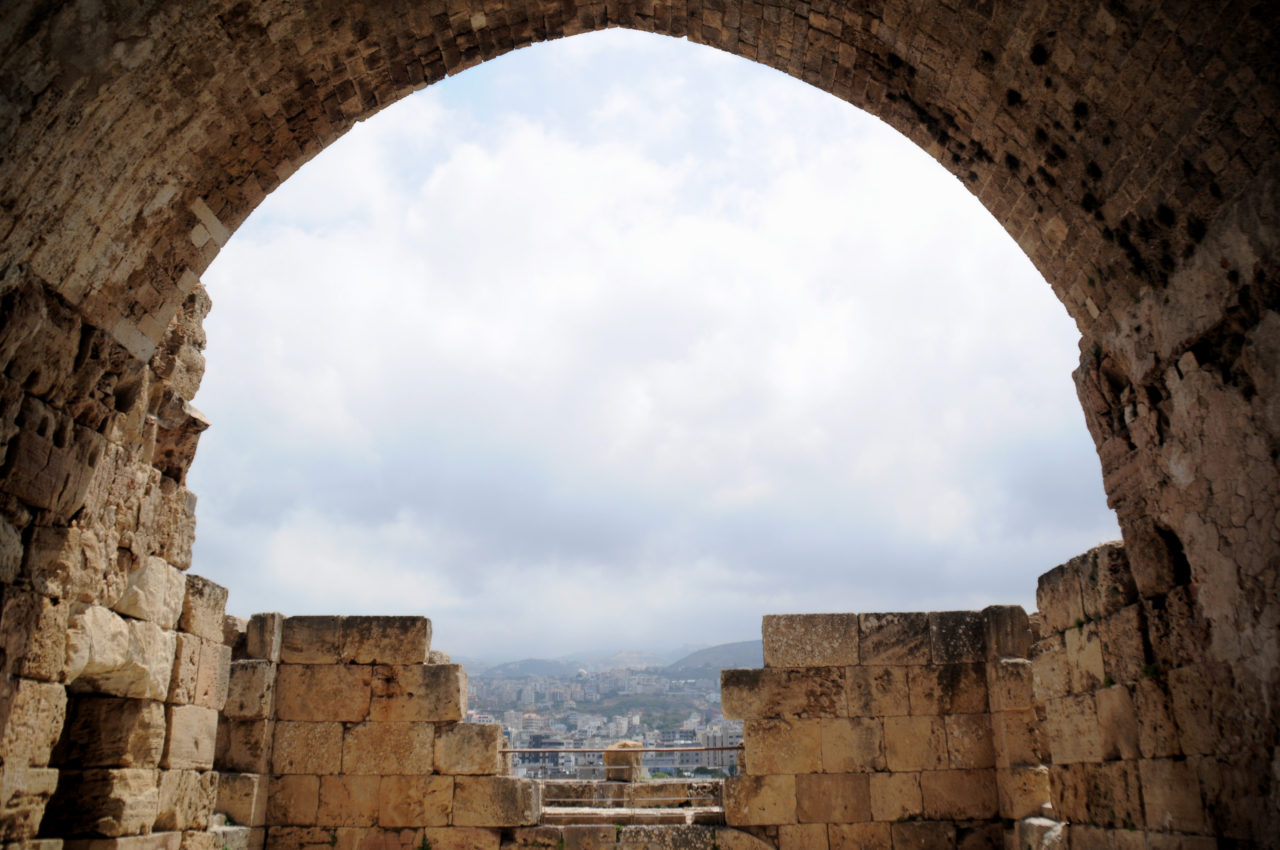
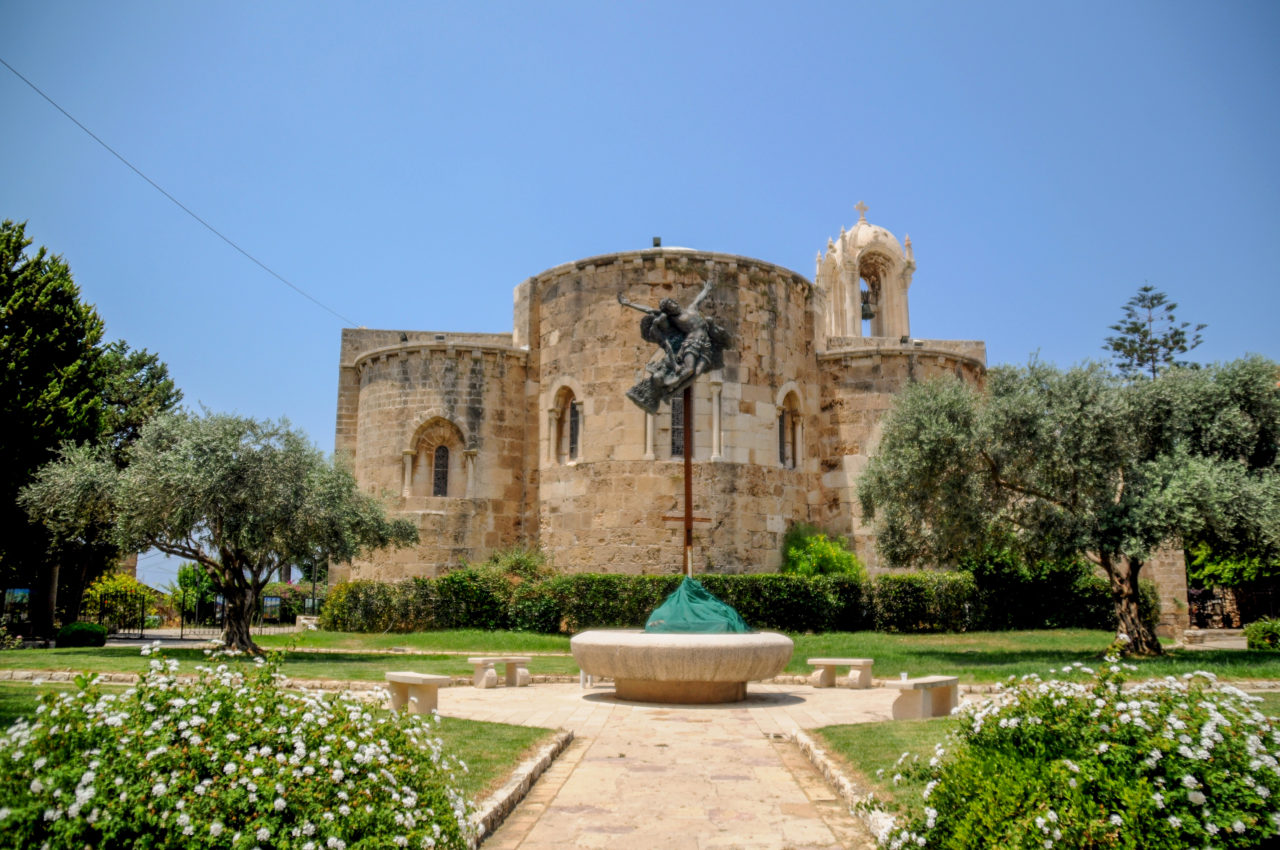
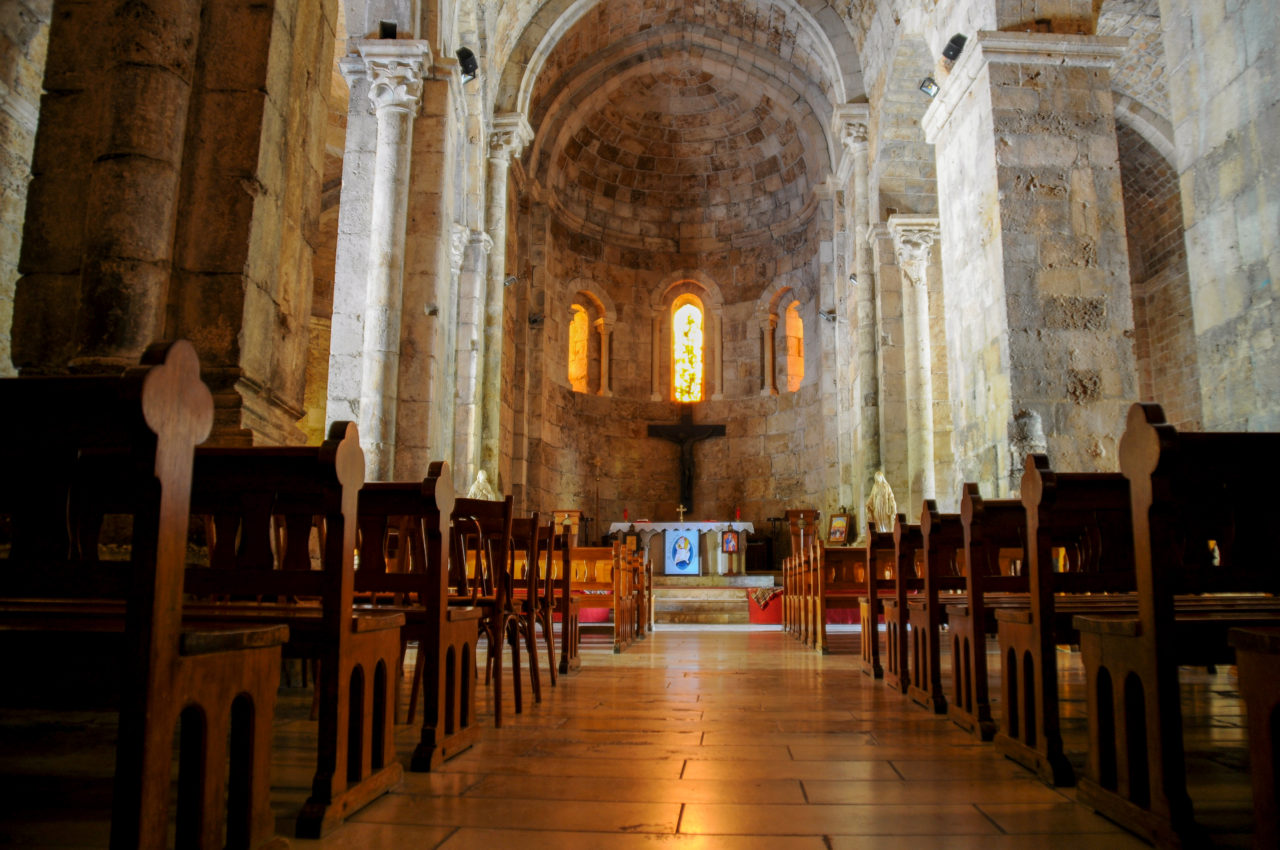
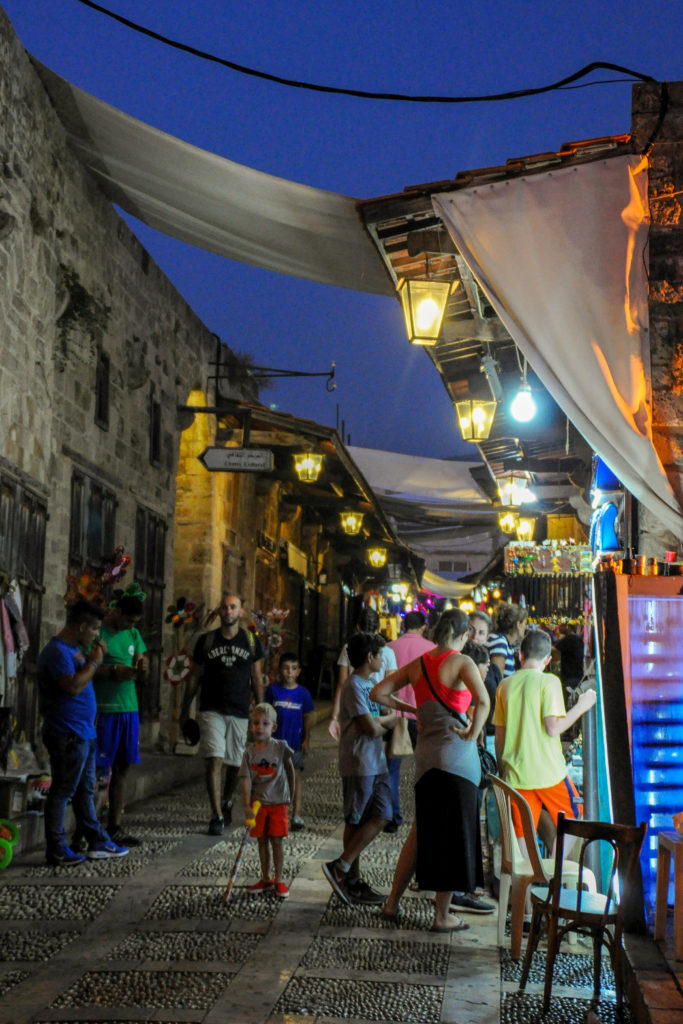
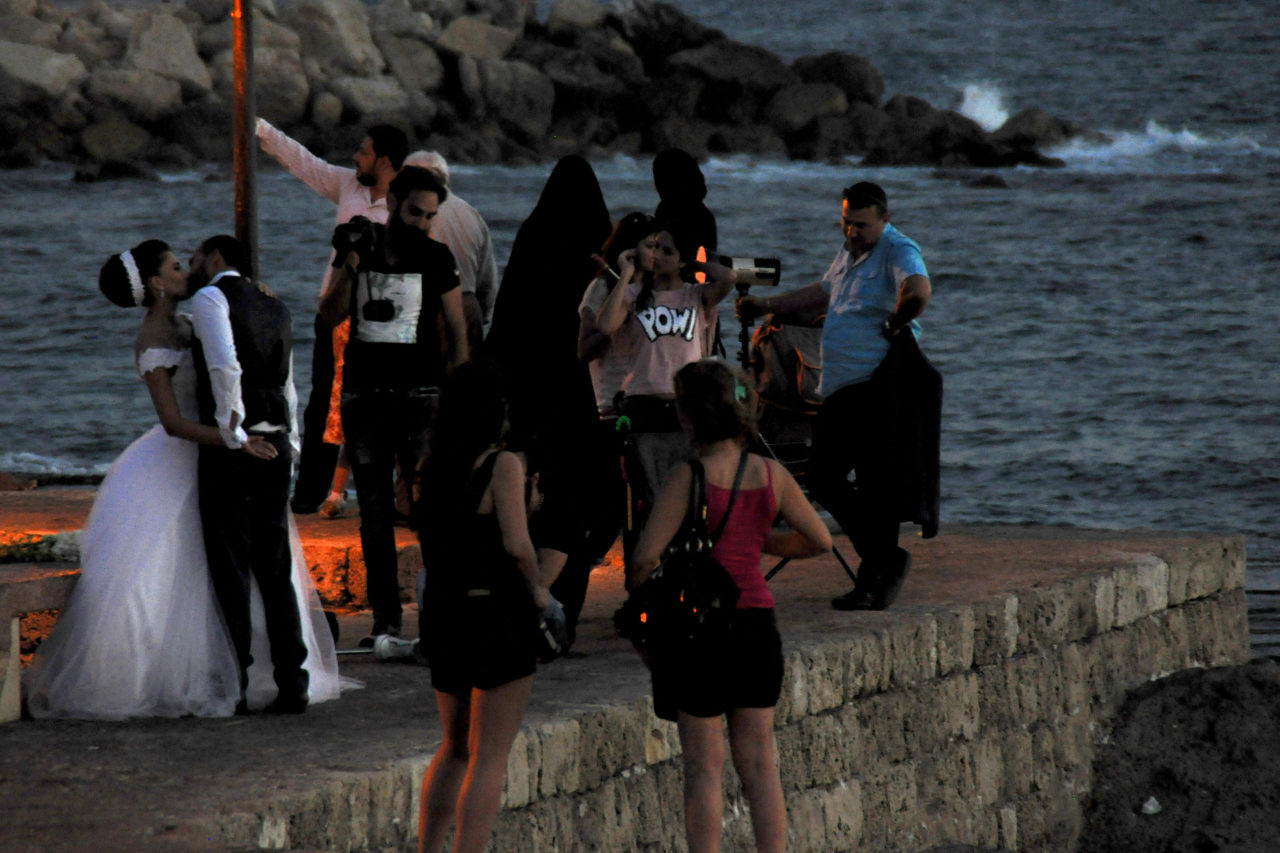
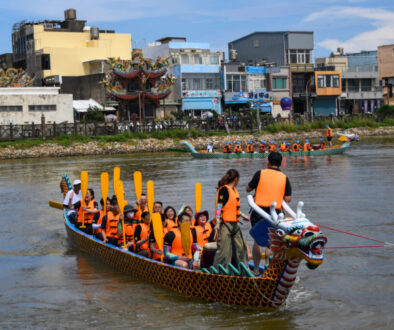
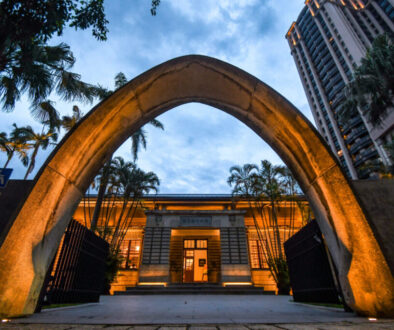
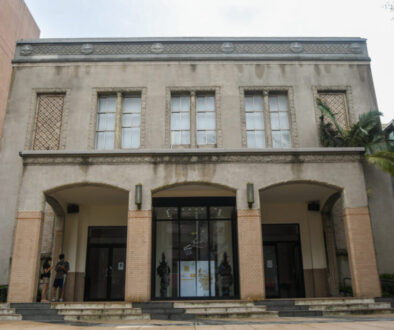


Traveling to the Sultan Qaboos Grand Mosque - ORPHANED NATION
November 30, 2019 @ 2:38 pm
[…] Heading to Lebanon? You can read about traveling to Byblos here! […]
The Great Pyramids of Downtown Cairo - ORPHANED NATION
December 20, 2019 @ 6:58 pm
[…] If you find yourself in Lebanon, you won’t want to miss traveling to Byblos! […]